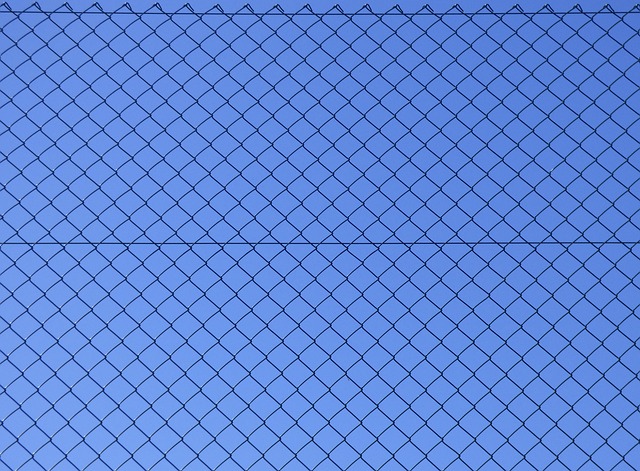In coastal regions, where harsh weather conditions prevail, selecting the right fencing material is paramount. Durable wooden fencing offers a compelling alternative to traditional options, blending aesthetics with longevity. This article explores why wood makes an excellent choice for coastal areas, delving into its durability factors, suitable wood types, and essential installation and maintenance guidelines. By understanding these aspects, homeowners can invest in a robust and visually appealing barrier that stands the test of time.
- Why Choose Wooden Fencing for Coastlines?
- Durability Factors in Coastal Environments
- Types of Wood Suitable for Coastal Use
- Installation and Maintenance Tips
Why Choose Wooden Fencing for Coastlines?
Choosing wooden fencing for coastal areas offers a unique blend of aesthetic appeal and practical durability. Wood, when treated appropriately, can withstand the harsh marine environment, making it an excellent choice for properties near the shore. Unlike other materials that might corrode or become brittle in salty air, wood can naturally resist corrosion, ensuring longevity even under challenging conditions.
Additionally, wooden fences provide a charming, organic look that complements coastal landscapes. They seamlessly integrate with the surrounding natural scenery, creating a harmonious atmosphere. This choice also allows for customization in terms of style and finish, enabling homeowners to enhance their outdoor spaces according to personal preferences while aligning with the coastal ambiance.
Durability Factors in Coastal Environments
Wooden fencing installed in coastal areas must endure harsh conditions, including salty air, frequent rainfall, and potential exposure to extreme weather events like hurricanes. To ensure longevity under these challenging circumstances, durable fencing materials and thoughtful installation are paramount.
One key factor is choosing wood species naturally resistant to moisture and decay, such as cedar or redwood. These woods possess natural oils that repel water and inhibit the growth of fungi and bacteria. Additionally, proper treatment methods like pressure-treating can further enhance a fence’s resistance to corrosion from salt water and insects common in coastal regions. Regular maintenance, including cleaning and resealing, is also crucial for maintaining the fence’s durability over time.
Types of Wood Suitable for Coastal Use
When it comes to choosing wood for coastal fencing, durability is key due to the constant exposure to salt air and moisture. Certain types of wood are naturally more resilient against decay and weather conditions, making them ideal for beachfront or waterfront properties. One popular option is treated cedar, which has a natural resistance to rot and insects, ensuring its longevity even in harsh environments.
Redwood is another excellent choice, known for its outstanding durability and attractive color. This type of wood can withstand high moisture levels and is highly resistant to fungal decay, providing a robust barrier that requires minimal maintenance over time. Both cedar and redwood are widely available and offer excellent aesthetic appeal, making them popular choices for coastal fencing projects.
Installation and Maintenance Tips
When installing durable wooden fencing in coastal areas, it’s crucial to prepare the site properly by ensuring good drainage to prevent waterlogging. Use treated timber suitable for outdoor and coastal conditions, and consider posts set deep into the ground for added stability against strong winds and storm surges. Regular cleaning with a pressure washer will help remove salt buildup from sea air, which can weaken untreated wood over time.
Maintenance involves occasional repainting or staining to protect the fence from weather damage and UV exposure. Check posts and rails regularly for signs of rot or insect infestation, and replace any damaged sections promptly. Keep the area around the fence clear of debris to minimize wear caused by falling objects during storms.
